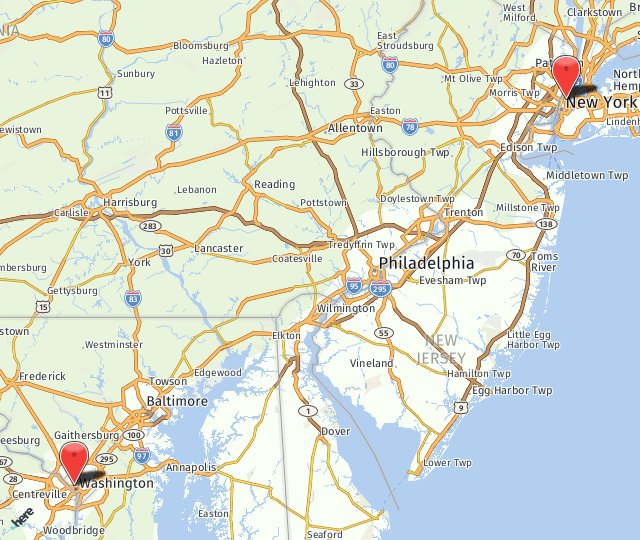After a rhinoplasty procedure, patients may be unsatisfied with their results. When these results need to be corrected surgically, revision rhinoplasty can be performed. Also known as secondary rhinoplasty, this procedure is an excellent way to correct aesthetic nasal issues, further accentuate the nose’s contours, or treat new functional problems.
Why Would a Patient Need Revision Rhinoplasty?
Revision rhinoplasty may be sought for many reasons. When an imbalance is created through surgery or if the reshaping is not satisfactory, patients may choose corrective measures. An imbalance is created when the reshaping of the nose doesn’t fit the overall facial features or when there are unforeseen complications during the healing process.
As a rule, the first attempt at rhinoplasty is the ideal time to address all nasal imbalances and issues. In some cases, even though the issues have been addressed, new issues may be created as a result of the original procedure or the healing process.
What Are the Issues Addressed Through Revision Rhinoplasty?
Common issues addressed through revision rhinoplasty include:
• Resolution of obstructions in the nasal airways
• Correction of an overdone or exaggerated nose job
• Restructuring of collapsed nasal bones and/or cartilage
• Complete reshaping of the nose
• Resolution of nasal asymmetries
• Correction of an inadequate or excessive nasal tip
• Removal of excessive scar tissue
• Pinched nasal tip rectification
• Reduction of a protruding nasal hump
How Is Revision Rhinoplasty Performed?
Revision rhinoplasty is performed either through an open or a closed technique. The open technique is preferred when the extent of nasal correction is extensive; for minor changes, a closed technique is applied.
The differentiation factor between open and closed rhinoplasty is the placement of the incision. In the closed technique, incisions are made internally. In the open technique, an incision is made along the skin between the nostrils and then the skin is lifted to offer a clear view of the internal structures that require correction.
When revision rhinoplasty is performed to enhance the appearance of the nose, cartilage grafts are may be placed to bolster the nasal architecture. These grafts are typically harvested from the patient’s rib, ear, or septum cartilage.
What to Expect from Revision Rhinoplasty
Revision rhinoplasty is a complex procedure, as it typically deals with a weaker nasal architecture as a result of the original procedure. When performed by an expert, it can successfully address the issues left over after primary rhinoplasty surgery. This leaves patients with a beautiful-looking nose and unobstructed nasal passages.
Arrange Your Consultation for Revision Rhinoplasty
If you’re unhappy with the results of a past nose job and wish you could get the results you deserved the first time, revision rhinoplasty may be the perfect solution. Contact the office of Dr. Michael Somenek, a skilled and experienced double-board-certified facial plastic surgeon, to schedule your consultation.
During your consultation with Dr. Somenek, you’ll be able to discuss your needs and goals in greater detail. Dr. Somenek will examine your nose in order to best understand the exact nature of your concerns.

